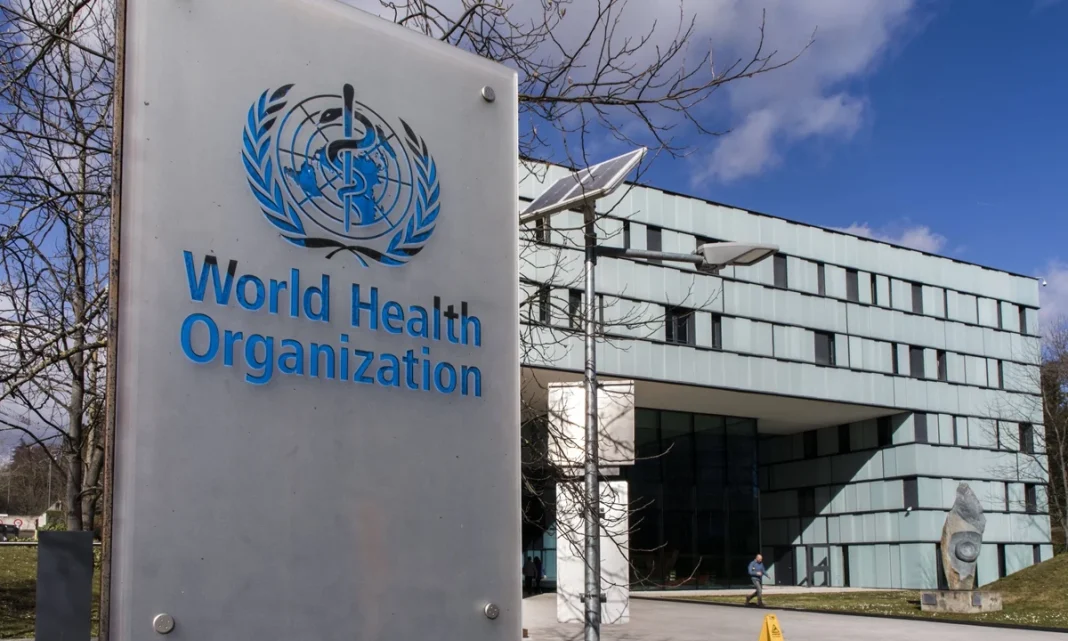The World Health Organization (WHO) has launched a new publication on building safe, climate-resilient and environmentally sustainable healthcare facilities – an essential step in strengthening health systems worldwide.
Globally, rising temperatures, extreme weather events and shifting disease patterns are straining health systems and impacting the health of vulnerable populations. Between 2030 and 2050, climate change is expected to cause an additional 250 000 deaths per year from malnutrition, malaria, diarrhoea and heat stress alone.
Indonesia is particularly at risk due to its geography, population density and existing health challenges. This is accounted for in the National Medium-term Development Plan (RPJMN) 2025–2029 and National Action Plan for Climate Change Adaptation (RAN-API), which integrate climate resilience into national health policies.
To date, key activities have included expanding solar power installations in off-grid health centers and implementing stronger medical waste regulations. In 2024 the SATUSEHAT digital platform integrated environmental health indicators into routine monitoring. Indonesia continues to work with WHO, the Global Green and Healthy Hospitals Network and other partners to implement localized climate adaptation strategies, in alignment with Sustainable Development Goals (SDG) 3 and 13, on health and climate action, respectively.
The new WHO publication – aimed at policy makers and health facility administrators – outlines key principles, definitions and practical measures for building climate-resilient health systems, complementing activities already underway. It provides essential guidance on integrating environmental sustainability into health infrastructure, energy use and waste management, and it also highlights case studies from different regions and countries globally.
For Indonesia, the guidance can help strengthen health system resilience to climate change, reduce emissions and environmental degradation, and support the achievement of universal health coverage and SDG targets.






